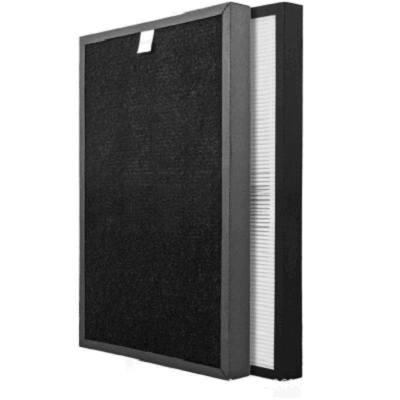Mold spores are microscopic particles that can easily float through the air and spread throughout homes and offices, causing musty odors, allergies, and even respiratory issues. One of the most effective ways to reduce airborne mold spores is by using a HEPA air purifier. But how exactly do these devices work, and are they truly effective against mold contamination?

A HEPA (High Efficiency Particulate Air) filter is designed to capture at least 99.97% of particles as small as 0.3 microns, which includes mold spores. Since most mold spores range from 1 to 30 microns in size, they are well within the filtration capacity of a true HEPA Filter. When air passes through the purifier, mold spores get trapped in the dense fiber layers of the Hepa Filter, preventing them from circulating back into the room.
However, while HEPA Air Purifiers can remove mold spores from the air, they do not kill or remove existing mold growing on walls or furniture. For complete mold control, the source of moisture must be addressed — such as fixing leaks, improving ventilation, or using a dehumidifier. Combining an air purifier with a proper humidity control system can significantly improve indoor air quality and prevent mold regrowth.
For those suffering from allergies or living in humid environments, investing in a HEPA air purifier for mold is a smart move. It not only helps reduce mold spores but also captures dust, pollen, pet dander, and bacteria, making the indoor environment cleaner and healthier. When selecting one, choose a purifier with Activated Carbon Filters as well, since they help neutralize musty odors caused by mold and mildew.
In summary, HEPA air purifiers effectively remove airborne mold spores, improving air quality and comfort. Yet, they should be part of a broader mold prevention strategy that includes moisture control and regular cleaning.